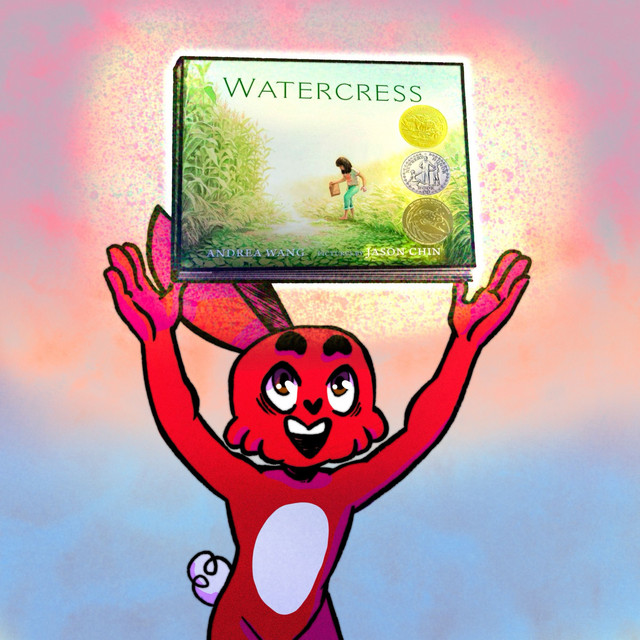
Dillon asks, “I'm beginning to look for an agent. I have a signature style, I’ve created a portfolio, and I’ve begun submitting. Is there anything I could do to amplify myself further?”
With a few adjustments to your portfolio, you’ll be good to go. We recommend adding ten new pieces to your portfolio in the next six months. In those pieces, update your use of value and portray more emotion and storytelling. Your current portfolio looks like character design more than sequential illustration. Study the work of Norman Rockwell to develop your visual storytelling skills, giving more intrigue with fewer details. We also notice a heavy leaning towards fantasy in your work. This is a very niche space and agents need to see that you can illustrate a variety of subjects, so include some modern work in your updated portfolio.
Shawn asks, “I’m a long-time Adobe user with an art degree. Would getting Adobe certifications in Photoshop and Illustrator increase my chances of getting hired and receiving a higher pay rate?”
The biggest factor in whether or not you’ll get hired is the quality of your art. If your portfolio is weak, no certification will get you the job. With that said, if you already have a strong body of work, Adobe certifications can increase your chances for certain positions. This applies mostly to corporate or bureaucratic organizations such as publishing houses, marketing and web design agencies, and educational institutions. In a nutshell, certifications will never hurt, but you’ll get the greatest ROI from a robust portfolio.
David asks, “Have you ever calculated how much of your income is driven or created from social media? (This could include Kickstarters, promotions, or commissions.)”
We’ve discovered email newsletters are many times better at driving revenue than social media. However, that doesn’t mean social media can’t be profitable if you know how to use it. While for us it’s not the greatest place to make sales or earn jobs, it is valuable for the affiliate opportunities it provides. Once you have several thousand followers, you begin to attract the attention of brands who will pay you or give you free products if you represent them to your following. You can also negotiate your own affiliate deals. If you love a certain brush pack or set of paints, reach out to the company and ask them if they would send you free products in exchange for promoting them on your account. Frequently they’ll agree! You can also pursue more formal affiliate relationships where you earn a percentage of the sales generated from your following. Don’t be afraid to ask for and negotiate these deals; the worst they can say is no, but you’ll be surprised how often they say yes.







Get the guidance you need on the path to becoming a better illustrator.